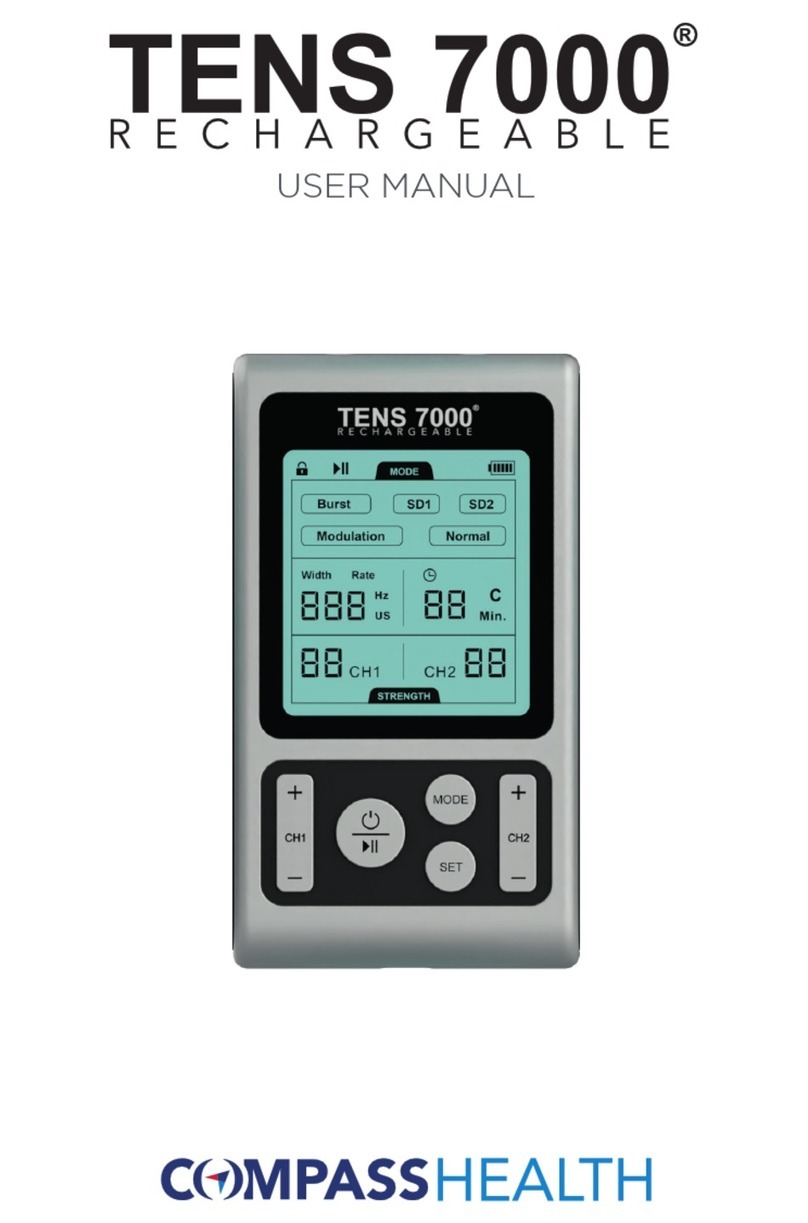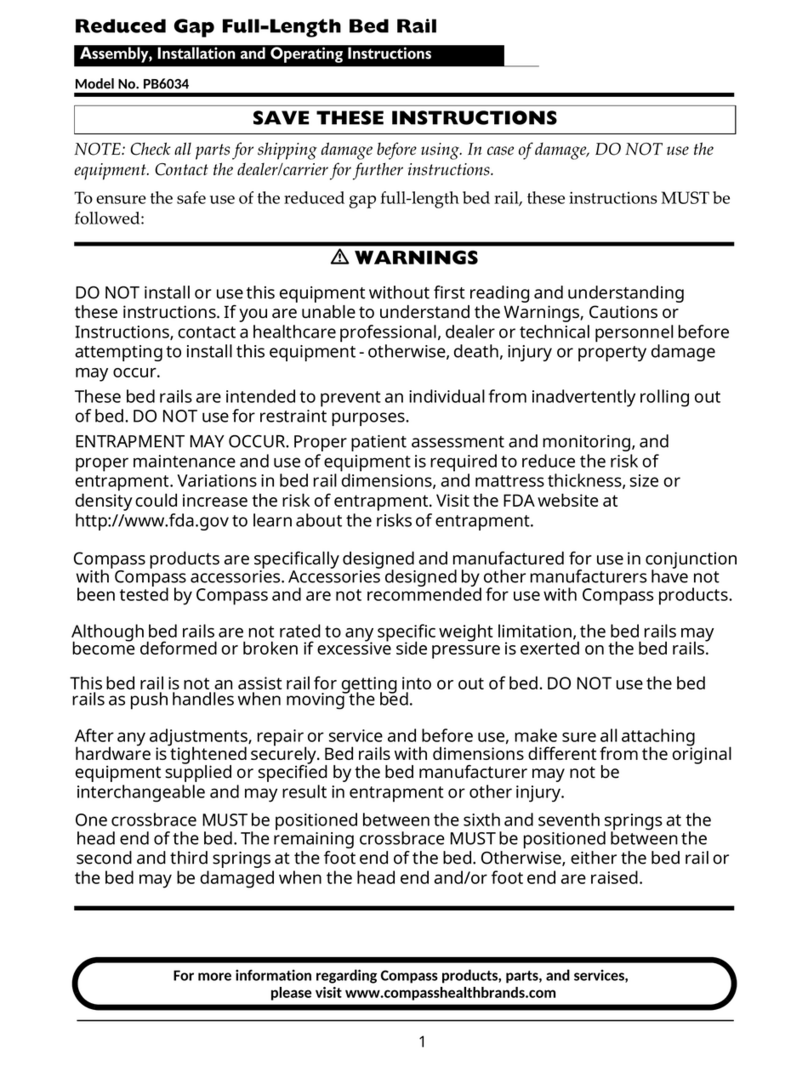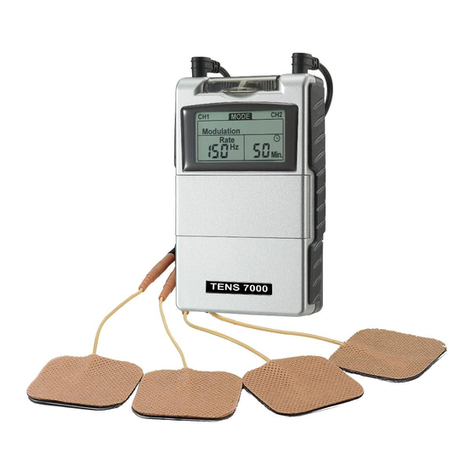
3
Foreword
Thank you for purchasing DQAPT from our company.
This manual has been written for the owners and operators of the
DQAPT. It contains general information on the instructions for safety,
intended use, working principle, operation, maintenance, trouble
shooting, and warranty. In order to maximize the use, efficiency, and
working life of your unit, please read this manual thoroughly and become
familiar with the controls, as well as the accessories, before operating
the unit. This manual contains general safety, working principle,
operation, protocols guidance, maintenance, and trouble shooting for
the owners and operators of the DQAPT.
Specifications put fifth in this manual were in effect at the time of
publication. However, owing to policy of continual improvement by
Compass Health Brands, Corp., any changes to these specifications
may be made at any time without obligation on the part of Compass
Health Brands, Corp.
Before administering any treatment to a patient, the user of this
equipment should read, understand, and follow the information
contained in this manual for each mode of treatment available, as well
as the indications, contraindications, warnings, and precautions.
Operator Qualifications
DQAPT is intended exclusively for use by medical specialists and is only
allowed to be used by qualified and instructed medical persons in a
































